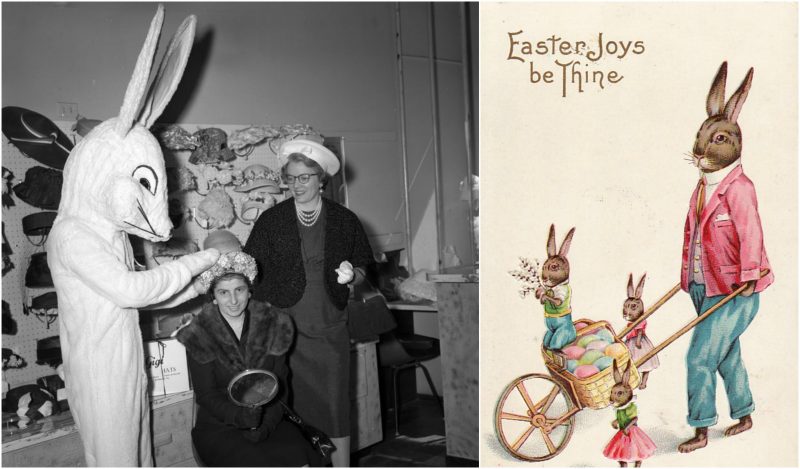Easter, the most important holiday in the Christian calendar, is one of the most widely-celebrated holidays around the world. Although the festival of Easter is a Christian one, many of the associated traditions have arcane cultural origins.
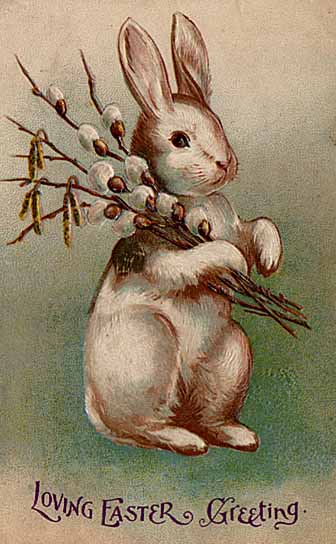
The most iconic Easter symbols, the Easter Bunny, and Easter eggs have their roots in the German Lutheran tradition. The Easter bunny originated as the hare whose purpose was the judge whether or not children were well-behaved at the beginning of Eastertide.
As far as the story goes, the Easter bunny had clothes and carried colored eggs in a basket, along with candies and toys to bring to good children, with obvious parallels to be drawn to Santa Claus’s role at Christmas.
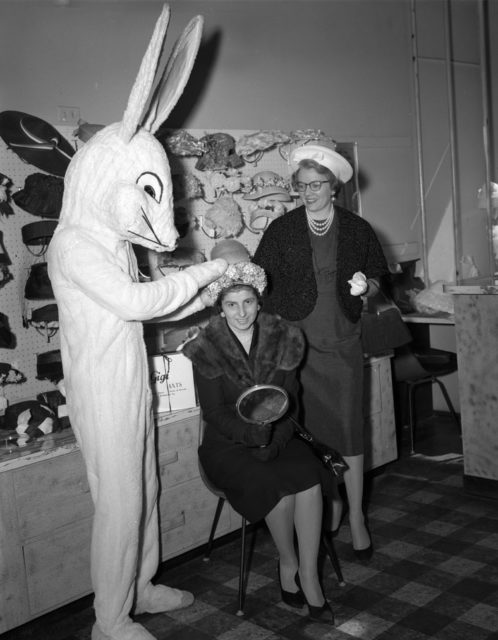
A hare was a commonly used symbol in medieval church artworks. In antiquity, hares were commonly thought to be hermaphrodite and able to reproduce without mating. This belief led to them being a symbol of the Virgin Mary, who Christians believe became pregnant with Christ as a virgin.
Hares are often depicted in threes in old Easter art, as a reference to the Holy Trinity.
In addition to this, the rapid reproduction of rabbits and hares means they were an ancient symbol of springtime fertility. Female hares are able to conceive an additional litter of offspring while still in the process of carrying the first litter. Rabbits are able to give birth from a very young age and also have the ability to give birth to several litters of babies each year.
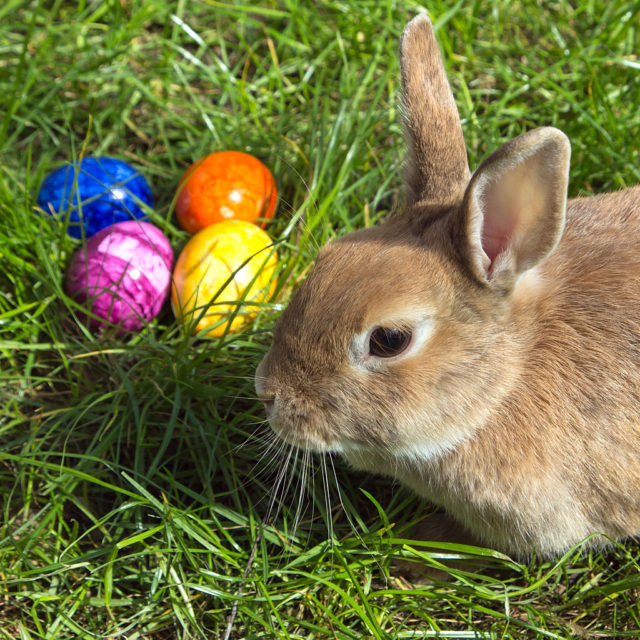
Eggs, another classic symbol of fertility, are another emblem of Easter. The tradition of Lenten fasting in Orthodox churches meant that pious Christians abstained from eating eggs in the weeks leading up to Easter. To avoid wasting the eggs, they would be boiled or roasted and kept until the end of the fast. As part of the celebration for the breaking of the fast, these eggs were often dyed and painted.
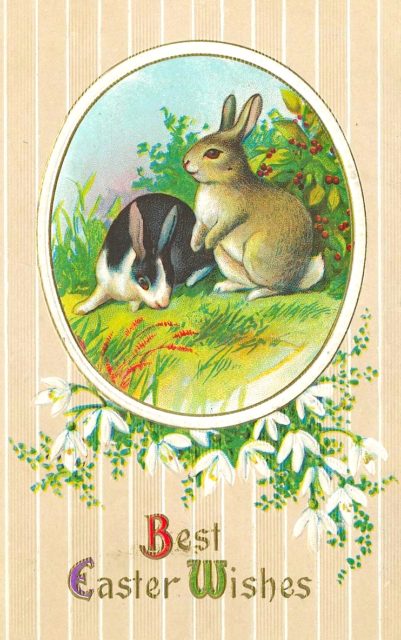
Over the years, German Protestants did not keep up with the tradition of egg fasting during Lent but carried on with the tradition of decorating eggs during the Easter holiday. The tradition of giving eggs away arose later, in 18th century America.
German Protestant immigrants to America started the tradition that the Easter Bunny would visit well-behaved children before Easter Sunday.
The stories of rabbits and eggs around Eastertime has never lost its appeal to children through the intervening centuries. Even with the advent of modern technologies, these ancient traditions continue to survive and play a part in Easter celebrations around the world.
